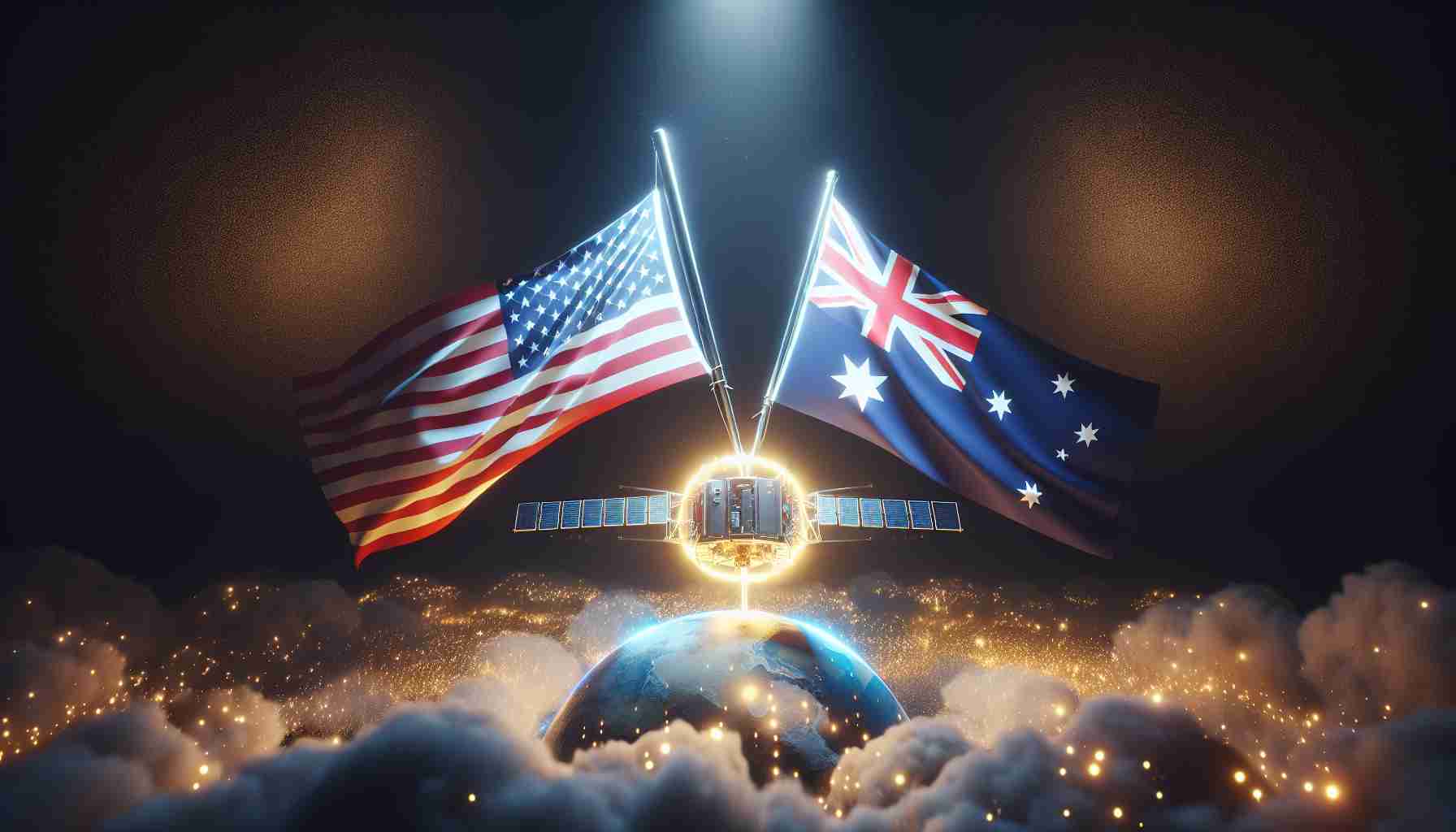
The United States has recently relaxed its export regulations concerning certain satellite technologies sent to Australia. This decision, announced by the Department of Commerce’s Bureau of Industry and Security (BIS), aims to enhance the U.S.’s role as a leader in innovation and technology while safeguarding national security and foreign policy objectives.
This update also includes similar provisions for exports to the United Kingdom and Canada. The new policies allow for the export of space-based remote sensing technology without the need for licenses for specific items. These items include those featuring electro-optical capacities with a clear aperture ranging from 35 cm to 50 cm, as well as technologies that have capabilities extending beyond near-infrared (NIR) to short-wave infrared (SWIR), mid-wave infrared (MWIR), and long-wave infrared (LWIR).
Furthermore, radar technologies with specific frequency and bandwidth criteria are also included in this relaxed regulation. The updated regulations extend to space-based systems involved in logistics, assembly, or servicing destined for Australia, UK, and Canada, alongside sensitive defense-related technologies.
According to BIS, this change is expected to significantly decrease the number of license applications, minimizing the bureaucratic burden for American companies. Officials expressed that modernizing these controls is vital to adapt to the evolving landscape of the commercial space industry while ensuring ongoing cooperation with allied nations.
The United States Eases Export Regulations for Satellite Technologies to Australia: Implications and Considerations
The recent relaxation of export regulations for satellite technologies from the United States to Australia marks a significant step in fostering deeper technological collaboration between the two nations. However, beyond the immediate benefits of this policy, there are critical questions that arise regarding its implications for both national security and the commercial space sector.
Key Questions Surrounding the Policy Change:
1. What defines “sensitive technologies” under the new regulations?
– The term refers to satellite technologies that have potential military applications. The definitions set forth by the BIS outline categories that could impact both civilian and defense sectors, highlighting a need for ongoing vigilance in monitoring these technologies.
2. How will the relaxation of regulations affect U.S. competitive advantage in the global market?
– By easing restrictions, U.S. companies may gain a stronger foothold in the burgeoning Australian space market, potentially offsetting competition from other countries, particularly in the Asia-Pacific region.
3. What mechanisms are in place to ensure national security remains a priority?
– While export regulations have been eased, the BIS maintains certain controls and criteria to ensure sensitive technologies do not benefit adversarial states. Advanced background checks and post-export compliance reviews are part of the framework.
Key Challenges and Controversies:
– Balancing Innovation with Security:
The fundamental challenge lies in finding the right balance between fostering innovation in the commercial space sector and safeguarding critical technologies. Easing regulations could inadvertently lead to technology leakage if not managed properly.
– Perceptions of Favoritism:
Some stakeholders may view this policy as preferential treatment for certain allied nations over others. This could lead to diplomatic tensions if not handled transparently.
Advantages of Relaxed Export Regulations:
– Boosting Industry Growth:
U.S. companies are likely to see increased opportunities in Australia for satellite technology applications, particularly in areas like climate monitoring, natural resource management, and disaster response.
– Enhanced Collaboration:
The easing of regulations can promote stronger partnerships between U.S. and Australian firms, facilitating knowledge exchange and technological development.
Disadvantages and Risks:
– Potential Misuse of Technology:
There is a risk that technologies exported under relaxed regulations could be misappropriated or used in ways that could undermine U.S. interests or stimulate competition with allied countries.
– Increased Compliance Costs:
While the intention is to reduce bureaucratic burdens, companies may still face new compliance challenges as they navigate both U.S. regulations and Australian import regulations.
In conclusion, while the U.S. decision to ease export regulations for satellite technologies to Australia is poised to foster innovation and strengthen bilateral ties, it brings with it a complex array of questions and challenges that must be meticulously managed. Ensuring that these technological advancements align with national security objectives will be crucial as both countries embark on this new chapter of collaboration.
For further information on the U.S. export regulations and space technology collaboration, visit the U.S. Department of Commerce’s Bureau of Industry and Security at BIS.



